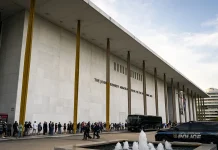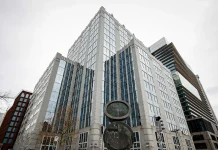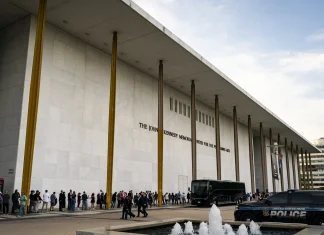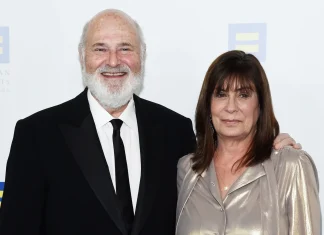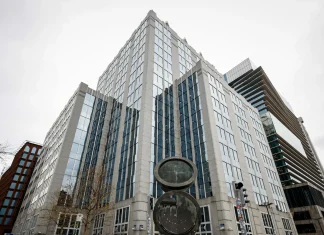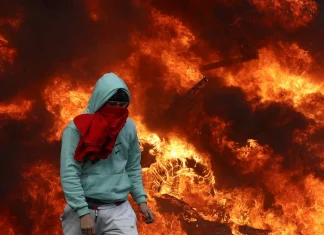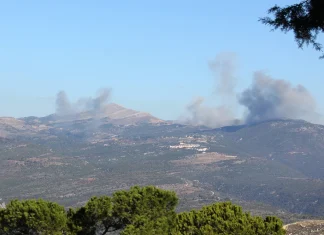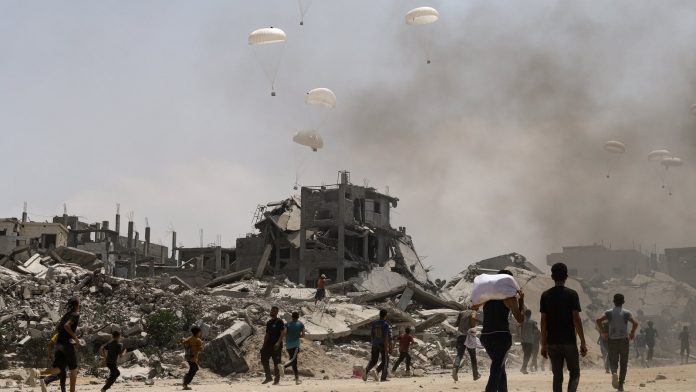
Gaza on the Brink: Inside the Escalating Crisis Shaping Our Shared Humanity
For weeks now, the sun has been setting over Gaza City under skies thick with smoke and dust, a place where the normal rhythms of daily life have hollowed into fragile echoes. Inside this Mediterranean enclave, home once to more than a million vibrant souls, the relentless drumbeat of conflict grows ever louder. Israeli Prime Minister Benjamin Netanyahu stands resolute, announcing plans to intensify an already devastating military offensive against Hamas strongholds within the city—a move he insists is necessary to “complete the job” and secure the release of hostages held since the brutal invasion on October 7, 2023.
“This is not a choice; it’s a mandate,” Netanyahu said solemnly, shortly after Israel’s security cabinet approved a controversial plan aimed at wresting control of Gaza City itself. “We must defeat Hamas to free those taken from us.” To him, the stakes couldn’t be higher.
Gaza City in the Crossfire
The night air over the Sabra neighborhood was pierced by a series of heavy Israeli air strikes. Witnesses recounted terrifying scenes outside a humble sandwich shop where at least five lives were extinguished in an instant—victims of a conflict spiraling ever deeper into civilian quarters. Nearby, Shifa Hospital, the region’s largest medical facility, struggled to keep pace with the influx of wounded and mourning families.
“Every bomb that falls,” said Amal, a 34-year-old nurse at Shifa, “feels like a message to all of us—that no place is safe, nowhere is sacred.”
Indeed, Gaza City—once a bustling hub of commerce and culture—is now a labyrinth of peril, where the definition of “safe zones” remains painfully unclear to many residents. Netanyahu’s promise to carve out safe corridors for civilians to evacuate comes against a grim backdrop: Palestinians have repeatedly reported that past assurances of protection haven’t shielded them from the devastation. They move with wary hearts through crumbling streets, haunted by the fear that the next shelter might be the last.
The High-Stakes Calculus of War and Occupation
This latest offensive, according to Netanyahu, targets Hamas’s last holdouts within the city. Yet, it unfolds amid tensions within Israel’s own military leadership. Chief military officials have voiced caution, warning that an expanded occupation risks entangling troops in hazardous urban guerrilla warfare and jeopardizing the lives of hostages whose fate hangs in the balance.
“Our soldiers are courageous,” said Lieutenant Colonel David Rosen, a defense analyst based in Tel Aviv. “But urban combat in Gaza, with a dense civilian population and militant fighters intertwined, is a nightmare. The potential for casualties, both civilian and military, is enormous.”
Still, Netanyahu insists the goal is not an open-ended occupation. “We want a security belt by our border, yes,” he acknowledged, “but we have no intention to stay in Gaza indefinitely. Our mission is precise.”
Humanitarian Catastrophe Worsens
As bombs fall and peace seems more distant than ever, Gaza’s people face another silent, creeping enemy: famine. The scarcity of food and medical supplies has surged into a full-blown humanitarian crisis. European diplomats gathered at the United Nations issued a dire warning: expanding military operations will only deepen suffering and imperil all civilians, including the hostages.
“This is a man-made tragedy,” stated a joint communiqué by Denmark, France, Greece, Slovenia, and the United Kingdom. “The world must act swiftly to halt starvation and boost emergency aid into Gaza.”
International aid groups paint a grim picture. Scores of children suffer from malnutrition, many slipping into starvation. Gaza’s health ministry reports that in the last 24 hours alone, five more have died of hunger, including two children, bringing the death toll from starvation to at least 217 souls—100 of them young children.
Yet despite international outcry, aid remains perilously scarce. Parachutes carrying much-needed food and medicine have descended into Gaza, but not without tragic incidents. In one heartbreaking case captured on video and verified by Reuters, a 14-year-old boy was killed by an airdropped aid box as he waited with others at a local tent camp.
“We hunger not only for food but for peace,” lamented Samira, a mother of three in northern Gaza. “Restrictions keep us trapped in a cycle of death and desperation. Every package of aid dropped feels like a reminder of how far away hope is.”
Conflicting Narratives and Global Diplomacy
Israel dismisses allegations that it intentionally restricts aid, holding Hamas responsible for the blockade and resultant famine. The government claims it has distributed significant aid and does not intend to starve the Palestinian civilian population.
Meanwhile, the United States, Israel’s closest ally, has voiced steadfast support for Netanyahu’s plans while reiterating its commitment to humanitarian concerns and peaceful resolution. “We are working closely with Israel to facilitate aid and ensure the safe release of hostages,” an American diplomat told the Security Council.
But on the international stage, voices grow louder, warning that the situation teeters on a knife’s edge. Tánaiste Simon Harris, Ireland’s deputy prime minister and foreign affairs leader, called the week a “pivotal moment” in the conflict during a virtual Foreign Affairs Council meeting.
“Intensifying military action will only unleash untold devastation on innocent civilians, further damaging chances for peace,” Harris cautioned. His words echoed the concerns of many who question whether escalation could ultimately foster security—or simply fuel a cycle of grief and retaliation.
Lives on the Line: The Human Face of Conflict
Reflecting on the past few months, one is struck by the harrowing toll: over 61,000 Palestinians killed, thousands displaced, homes shattered like broken glass. Israeli figures tell of 1,200 civilians slain in southern Israel during the initial Hamas attack, and 251 hostages still held captive.
The anguish reverberates in voices of Palestinians like Nour, a teacher in Gaza City who clings to the hope that “this nightmare will end soon.” A prisoner of war, her sentiments capture the ceaseless human yearning for dignity amid despair.
“Every day, it’s a struggle to keep faith,” she said. “But if there’s no path to peace, how do we imagine a future at all?”
What Lies Ahead?
As global powers deliberate and drones hum overhead, one question lingers: how do we balance the imperative of security with the sanctity of human life? What does justice look like when the cost of violence is paid in children’s lives and shattered families?
This is no distant conflict. It is a human tragedy unfolding on our watch, a stark reminder that beneath every headline are lives illuminated by pain, resilience, and enduring hope. The world stands at a crossroads—not just of military strategy but of shared humanity.
Dear reader, amid the headlines and geopolitical chess, pause for a moment: imagine a city where laughter once blossomed on every street corner, where food markets overflowed with colors and spices, where families dreamed freely. What future do we want for Gaza’s children? For our world?
In Closing
The Gaza offensive, with its grim calculus and heartbreaking statistics, is more than a story of war. It is a story about the depths of human endurance and the urgent need for compassion and understanding. As bombs fall and hunger gnaws at the most vulnerable, so too does a shared responsibility to seek peace and safeguard the dignity of all.
In this fraught moment, let us remember—behind every statistic is a person, a family, a story yearning to be heard.


